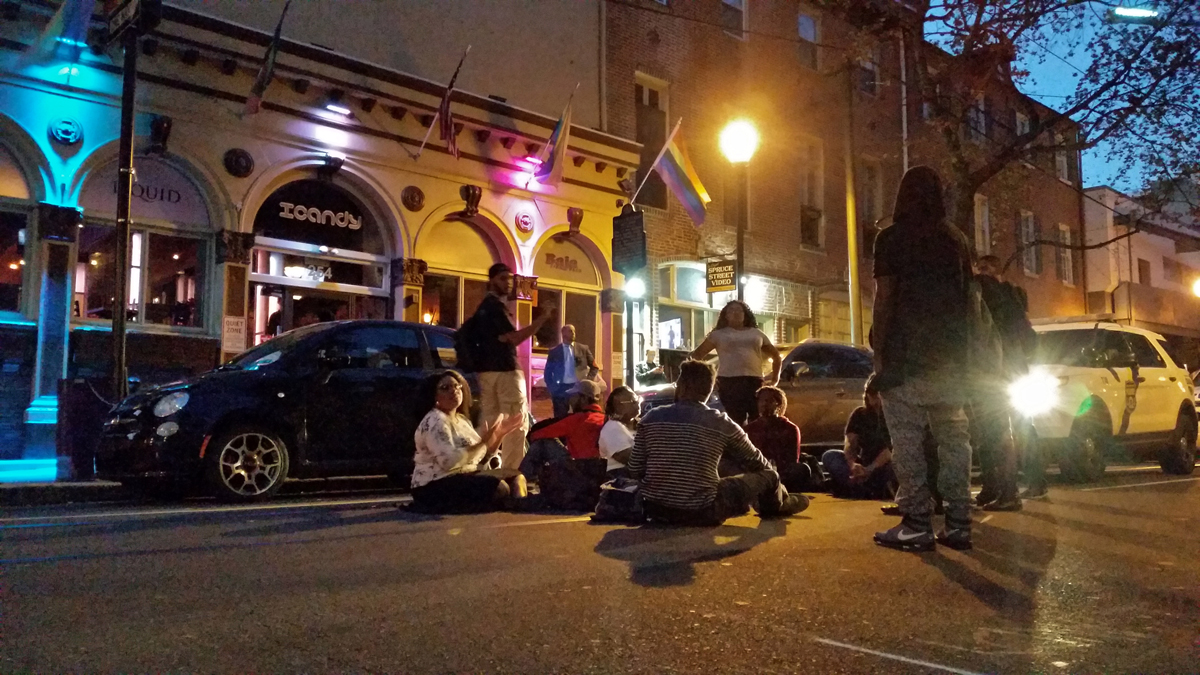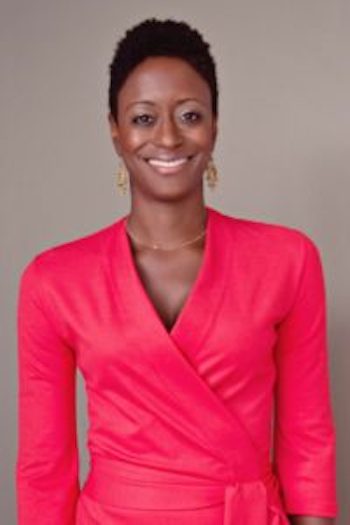As Starbucks prepares for trainings, here’s what Philadelphia knows about ‘implicit bias’

You’ve entered a white space. This online publication, right here; it might be less obvious than looking at the demographics inside a Center City coffee shop, but there are digital signposts on the homepage that tell you everything you need to know. Bicyclists, historic preservation, and rooftop solar panels — they’re topical calling cards for what are traditionally white audiences.
PlanPhilly is not alone, of course. Our peers in online urban planning circles can relate. As a whole, this community has struggled mightily with issues of diversity over the years, notably lacking it not only in its publications but also the physical environments where so-called urbanists choose to inhabit. It doesn’t really matter that I’m a person of color, talking to you here about race, just like a one-year run of Hamilton doesn’t change many people’s minds of the theater — both destinations are still thought of as white places. Colorlines extend throughout American life.
It’s no surprise that public spaces — both digital and physical — reproduce the racial dynamics of America writ large. Although researchers have studied the idea for years, the April arrest of two black Philadelphia men at a Rittenhouse Starbucks vaulted the concept into everyday conversation.
As awareness of racialized public spaces has spread into the mainstream, so, too, has the notion that creating spaces that are less perceptually threatening or unwelcoming to people of color will be a steep challenge. On May 29, Starbucks will be taking one step forward by hosting an implicit bias training for the employees of its 8,000 stores nationwide, all of which will close for the day. While the approach has its fair share of critics — including researchers who believe the trainings don’t help deter racist behavior, and at their worst, might accentuate it — they are increasingly coming into vogue. The uptick in interest is coming not only from companies, but also city governments and local communities looking for ways to shift culture and change the way people interact. Philadelphia is one of those cities.
Last spring, Philadelphia Works — a quasi-public nonprofit that does job placement and workforce development work across the city— put out a Request for Proposal for a company to provide diversity and cultural sensitivity training to about 400 people working across its operations, including at four PA CareerLink centers. Many of the 25,000 to 30,000 Philadelphians who interface with PhiladelphiaWorks each year are mandated to go there on account of receiving some form of public assistance. Often, these individuals have recently lost a job or found themselves out of school without a place to go.
“For people who’ve dealt with enough trauma in their lives, when they come into our centers, they deserve nothing more than the utmost respect,” says Pat Clancy, president of Philadelphia Works. “When I started here a year-and-a-half ago, I didn’t think that we were doing enough of that for customers when they showed up.”
Clancy’s nonprofit selected a Center City firm headed by Tonya Ladipo, an experienced therapist. In November, the Ladipo Group hosted an implicit-bias training at the Convention Center for the entirety of Philadelphia Works’s workforce. While the original RFP called for a training centered around socioeconomic prejudices — such as biases around education level and employment status — the training ended up covering much more terrain, including race, gender, and sexual orientation. There were sessions not only talking about implicit bias theoretically but how it had played out in practice at the organization. For example, a panel of job-seekers who’d had firsthand experience with Philadelphia Works included testimonials from users of its services who were disillusioned by their interactions with frontline staff.
The crux of all implicit-bias work is this: training people to recognize their prejudices as they arise in the moment, before acting, and using that information to behave differently. Or, in Ladipo’s words, “you can’t regulate how people think. You can’t regulate their values. But you can regulate their actions,” she says. “What is key for implicit bias training and programming is that not that people think differently, but how to act and behave differently.”

Shaping a place with ‘split-second biases’
It’s not enough to have well-meaning intentions. People can still act discriminatorily, even when they otherwise stand up for diversity, if they allow split-second biases to take over. They can be subtle actions, such as not looking a black customer in the eye when pouring a drink, or more overt exclusionary behavior, like calling the police on customers who are waiting on a colleague, Lapido explains.
“Starbucks has a really unique opportunity to set an example for how companies go through this process,” she says. “If the implicit bias trainings they do are a one-and-done deal, I don’t think they’ll have much impact. But if it’s part of a systematic change that includes bringing in community stakeholders, on top of more training, then it could be [impactul].”
WHYY is your source for fact-based, in-depth journalism and information. As a nonprofit organization, we rely on financial support from readers like you. Please give today.






